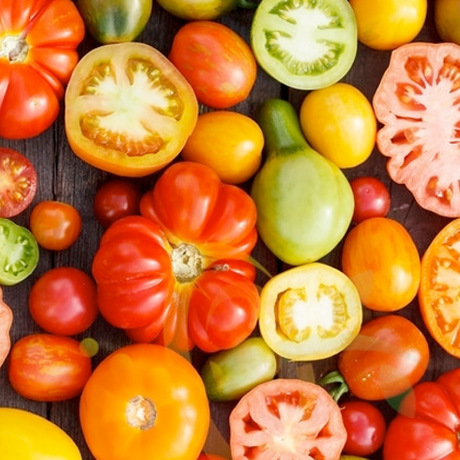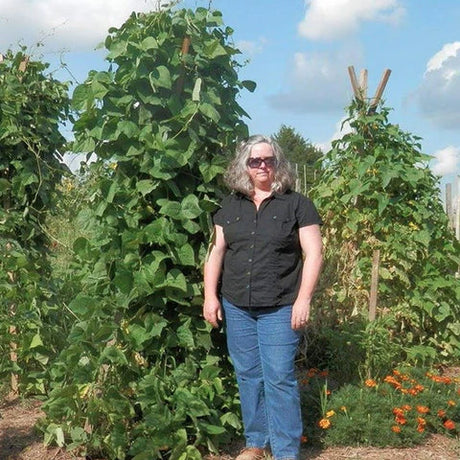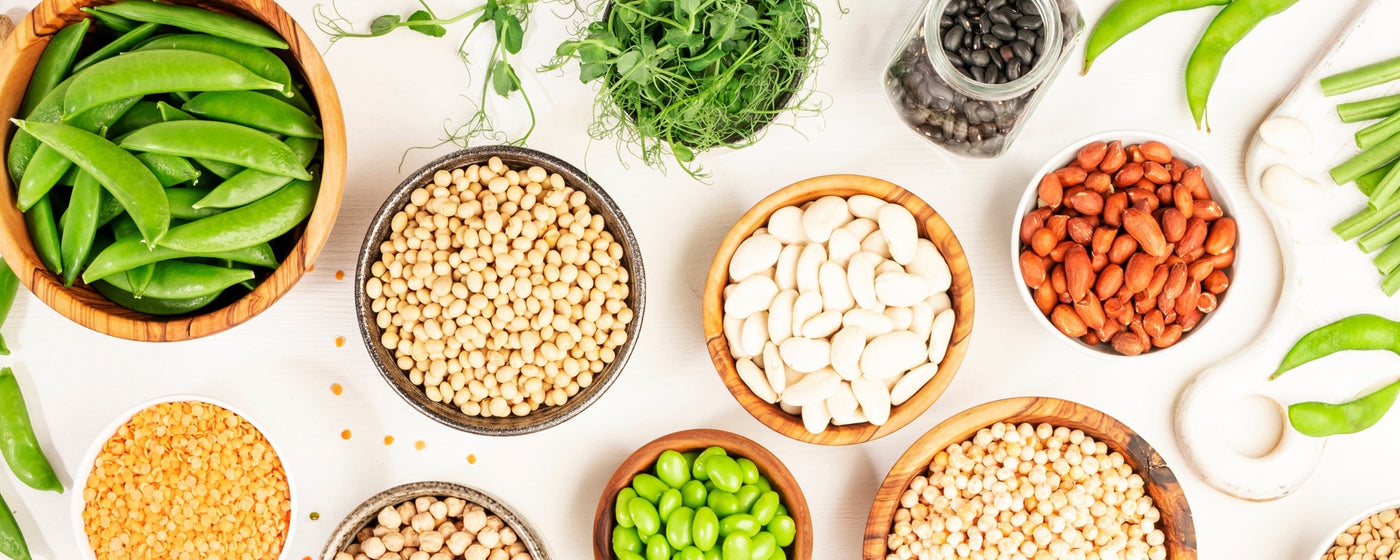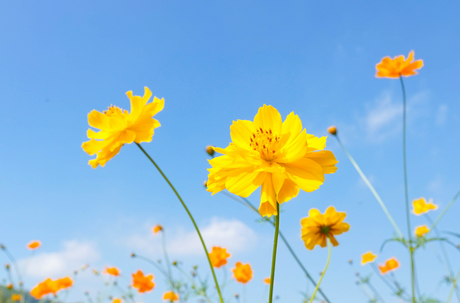
Summer may soon be over, but now is the perfect time to get your seeds started for your fall vegetable garden. Growing in the cooler months allows you to grow plenty of crops that otherwise may stress or bolt under hot conditions. With the days getting cooler, you can finally plant a handful of your favorite veggies without having to worry about them bolting before you get to enjoy them. Most of these crops actually THRIVE in cooler conditions and find it ideal, which make them wonderful choices for planting a fall garden.
1. Basil: It can be grown year-round indoors or in frost-free climate. Basil also needs daytime temperatures over 70° F and nighttime temps over 50° F.
2. Beets: Beets are hardy and may be sown as soon as the ground can be worked. Beet seeds can germinate in cool soil, but they sprout best when soil temperatures are above 50 degrees Fahrenheit. They should be planted directly in the garden one month before your last spring frost. For succession crop, plantings can be made every 2 weeks to mid-summer. Beets can become tough and stringy if grown in hot weather during droughts; ample water supply is essential to succulent roots.
3. Bush Beans: Plant beans after the soil is sufficiently warm, around the end of summer or early fall when temperatures are still above 75 degrees. Bush beans grow quickly and if you get them started now you'll be able to harvest them before the first frost comes around.
4. Broccoli: In midsummer, start a crop of seedlings for a August/Sept. planting & late fall crop. Broccoli is hardier than cauliflower, and can withstand several frosts and still keep producing.

5. Brussels: Brussels sprouts are an annual cool season crop, hardy to frosts and light freezes.
6. Cabbage: Cabbage is an annual cool-season crop, hardy to frost and light freezes. A smaller cabbage head has better flavor and can stay in the field longer without splitting.
7. Cauliflower: It is the most sensitive of the brassicas to frost. Cauliflower should not be transplanted outdoors until all danger of frost is past, unless covered.
8. Cilantro: If you're in a frost free period, and without extreme heat during the summer, you'll have no problem growing cilantro. Basic rule of thumb is if you are in a mild climate, grow cilantro during the summer, and if you're in a tropical climate, stick to growing it during the dry and cooler season.
9. Green Onion: Onions are a cool-season crop, hardy to frost and light freezes, although certain varieties are exceptions. They can be grown practically everywhere, and prefer a cool- season start. Onions are as hardy as they come. Frosts, freezing temperatures and snow will not kill them. They should have steadily moist soil and even growing weather to mature at a steady pace. Otherwise they bolt to seed or do not form good bulbs. High temperatures and low humidity are advantageous during bulbing and curing.
10. Kale: Kale can be planted pretty much anywhere in the United States where there's a cool fall growing season. It's a cool-season crop, hardy to frosts and light freezes. Kale's flavor is reported to improve and sweeten with frost.
11. Lettuce: Lettuce it is a cool-season vegetable, with an ideal temperature of 50-60 degrees. It does poorly in hot weather, and is tolerant to some frost and light freezes.
12. Mustard Greens: Mustard greens prefer cooler weather, so plant late in the summer for a fall harvest, or very early in spring before the summer heat sets in.
13. Peas: Peas are a cool season vegetable, and do best in a climate where there are two months of cool growing weather, either spring planting in the northern regions or fall planting in the warmer, southern regions. They are hardy to frost and light freezes.
14. Radishes: Radishes are a fast growing, cool-season crop that can be harvested in as little as twenty days. They will thrive in cool, moist soil. In cooler climates they can be planted in both the spring and fall. In warmer climates they should be grown over winter.
15. Spinach: Spinach can grow anywhere there is at least a month and a half of cool growing weather. Spinach is a cool-season crop, hardy to frosts and light freezes.

16. Turnips: Turnips like cooler weather - especially at night. Turnips have been known to survive temps as low as 25F.



















































